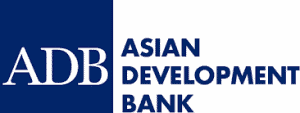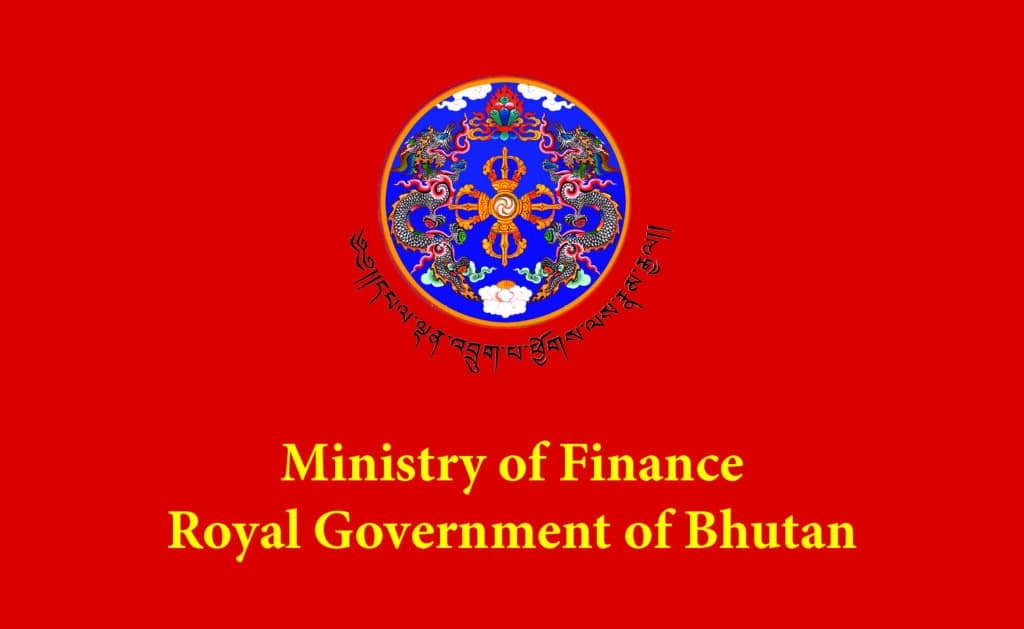In Bhutan, there is one issue that continues to trump the country’s economy is the trade deficit. The trade deficit has existed since 2013. During the last decade, however, Bhutan has seen an escalation in the inequality between the value of goods imported and goods exported. Consumers are used to seeing products from every corner of the town in their local grocery stores and retail shops. These overseas products—or imports—provide more choices to consumers.
If we see the latest trade statics, the year-on-year inflation rate for imported goods further went up by 22.06% in the second quarter of this year. All groups within the imported category recorded an increase with mineral products, cement, and electricity recording the highest increase among the groups with 48.34% due to an increase in fuel prices (diesel and petrol). It contributed to about 42% of the overall increase.
Chemicals, plastics, textiles, and apparel increased by 39% followed by metals and metal articles with a 27.32% increase accounting for 18% and 12% of the overall increase respectively. The food and beverages group recorded the least increase with only 4.82% contributing around 5% of the overall inflation.
Let’s use running a business as a simple comparison. The rupee coming in equals our revenue. Rupee going out equals our expenses. The net difference is our gain or loss. So, when we think about the macroeconomics of our country and the trade deficit, it is similar to a business running at a loss – a very significant loss. Imagine your business running at a loss every year for three decades. Is the big picture of the issues surrounding our trade deficit getting clearer?
Some say if we compare the current quarter to the previous quarter import price also recorded the highest increase so far with 6.54%. The main contributor to the quarterly increase was mineral products, cement, and electricity which rose 20.90% due to an increase in fuel price. The other two are chemicals, plastics, textiles, and apparel; and Machinery, appliances, and other manufacturers which increased by 10.55% and 3.32% respectively.
Year-on-year inflation for export goods further slowed down in the second quarter of 2022 compared to the previous two quarters, with a 13.63% increase from the second quarter of 2021. Base metal and other manufacturers recorded the highest increase with 38.14% contributing to about 80% of the overall increase.
So, when will this change? When and how does the trade deficit reduce and maybe, just maybe, become a trade surplus in other countries like the USA and China? When we start producing Bhutan-made goods again. When we start being able to afford something produced in our country again. When Bhutan figures out the simple equation.
Imagine if our country was running with a Nu 60bn surplus. Tax rates might just drop. Unemployment might just drop. Housing might be affordable and available for everyone. Isn’t that what we all want? Isn’t that what politicians say they are trying to fix? Isn’t that the lost Bhutan dream?
I say, start with the trade deficit.
The writer is Ugyen Choden, freelance writer













